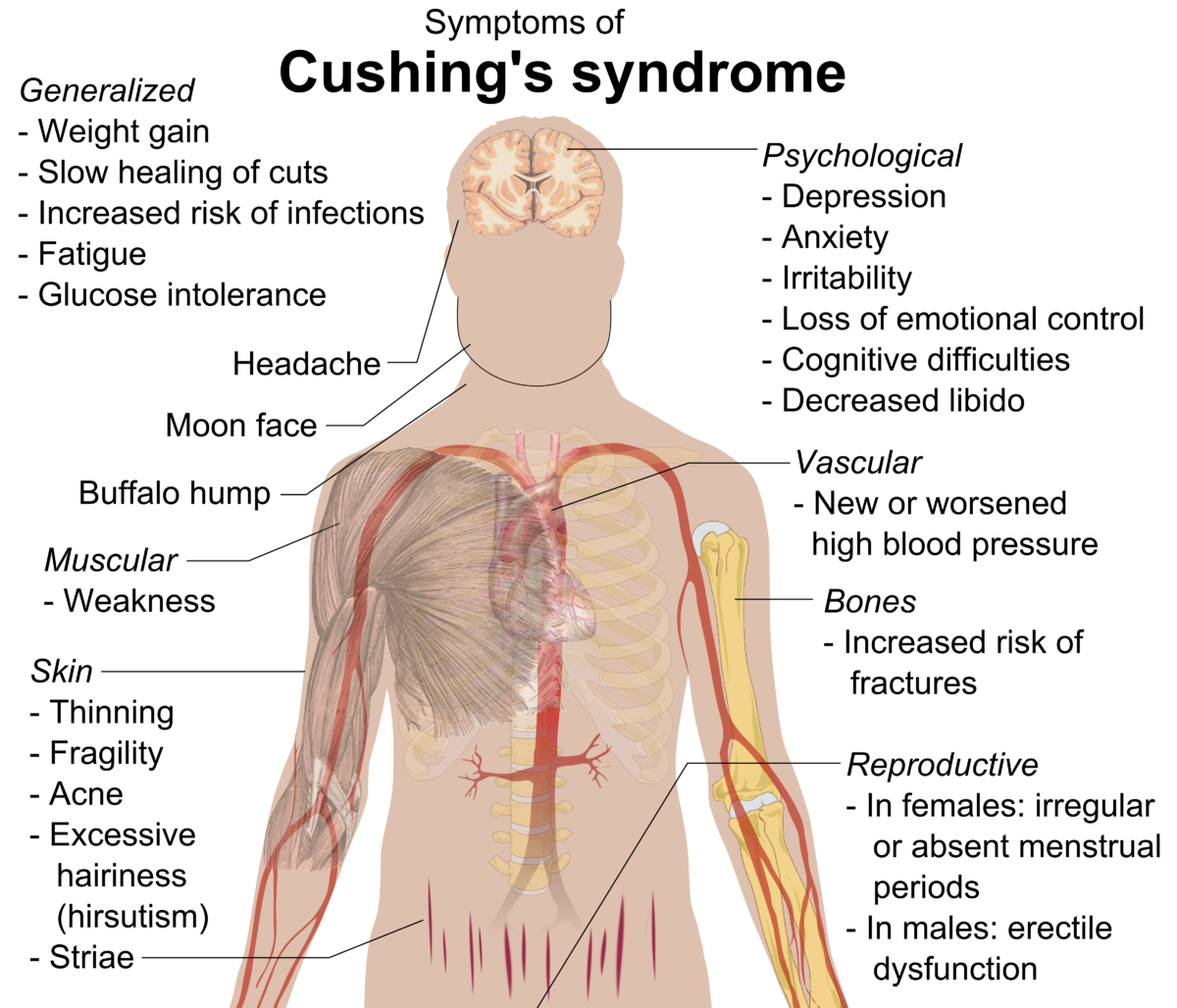Parkinson’s disease (PD) is a progressive neurological disorder that primarily affects movement. It results from the degeneration of dopamine-producing neurons in the brain, particularly in the substantia nigra region. As the condition progresses, it can affect various physical and non-motor functions, significantly impacting the quality of life. Early detection of Parkinson’s disease is crucial for managing symptoms and slowing its progression. This article delves into the early signs and symptoms of Parkinson’s disease to help individuals and caregivers recognize the condition in its initial stages.
Understanding Parkinson’s Disease
Before diving into the symptoms, it’s essential to understand the basics of Parkinson’s disease. While the exact cause remains unknown, researchers believe that a combination of genetic and environmental factors contributes to its development. The disease primarily affects older adults, with most cases diagnosed after the age of 60, although early-onset Parkinson’s can occur in younger individuals.
The hallmark symptoms of Parkinson’s disease are related to motor function, including tremors, rigidity, and bradykinesia (slowness of movement). However, non-motor symptoms often precede these motor signs, making early detection challenging but possible with increased awareness.
Early Motor Symptoms
1. Tremors
One of the most recognizable early signs of Parkinson’s disease is a tremor, often starting in the hands or fingers. This resting tremor typically appears on one side of the body and may initially manifest as a slight twitching or shaking that occurs when the muscles are relaxed. For example, some individuals notice their thumb or fingers moving involuntarily in a rhythmic motion.
2. Bradykinesia (Slowness of Movement)
Bradykinesia is another early hallmark of Parkinson’s disease. It can make routine tasks, such as buttoning a shirt or tying shoelaces, more challenging. Individuals may notice that their movements feel slower or less fluid than usual, leading to frustration during daily activities.
3. Rigidity (Stiffness)
Muscle stiffness, also known as rigidity, can occur in the early stages of Parkinson’s disease. This symptom may restrict the range of motion and cause discomfort or pain. Some individuals describe a feeling of tightness in their limbs or difficulty swinging their arms while walking.
4. Changes in Gait and Posture
Parkinson’s disease can affect the way an individual walks. Early signs include a shuffling gait, reduced arm swing, or difficulty initiating movement. Over time, individuals may adopt a stooped posture, which can be one of the initial visible indicators of the condition.
Early Non-Motor Symptoms
Non-motor symptoms often precede the more noticeable motor symptoms, providing early clues to the onset of Parkinson’s disease. These signs may be overlooked or attributed to other conditions, but their presence warrants attention.
1. Loss of Smell (Anosmia)
A diminished or complete loss of the sense of smell is a common early symptom of Parkinson’s disease. This change can occur years before motor symptoms develop and is often one of the earliest indicators.
2. Sleep Disturbances
Sleep problems are frequently reported by individuals in the early stages of Parkinson’s disease. These disturbances may include insomnia, restless legs syndrome, or vivid dreams accompanied by physical movements (known as REM sleep behavior disorder).
3. Constipation
Digestive changes, particularly constipation, are another non-motor symptom that may appear early in Parkinson’s disease. Slower bowel movements are often caused by disruptions in the autonomic nervous system, which regulates involuntary bodily functions.
4. Mood Changes
Mood disorders, such as depression and anxiety, are prevalent among individuals with Parkinson’s disease, even in its early stages. These changes may be linked to alterations in brain chemistry caused by reduced dopamine levels.
5. Fatigue
Unexplained fatigue or a persistent feeling of low energy can also be an early sign of Parkinson’s disease. Unlike typical tiredness, this fatigue is not always relieved by rest and may impact daily activities.
6. Changes in Handwriting (Micrographia)
Micrographia refers to abnormally small or cramped handwriting and is a distinctive early symptom of Parkinson’s disease. Individuals may notice that their handwriting becomes smaller or more difficult to read over time.
7. Soft or Low Voice (Hypophonia)
Hypophonia, or a reduction in voice volume, is another subtle symptom that can occur early in Parkinson’s disease. Friends or family may comment that the individual’s speech is softer or harder to hear.
Recognizing the Red Flags
Since many early symptoms of Parkinson’s disease overlap with other conditions, recognizing the red flags involves observing patterns and combinations of symptoms. For instance:
- A resting tremor combined with bradykinesia and rigidity is a strong indicator of early Parkinson’s.
- Non-motor symptoms, such as anosmia and constipation, occurring alongside subtle motor changes, can strengthen the suspicion.
It’s essential to document symptoms and discuss them with a healthcare provider who can perform a thorough evaluation.
The Role of Diagnostic Tools
While there is no definitive test for Parkinson’s disease, early diagnosis relies on a combination of clinical assessments and patient history. Neurologists may use the following tools to aid in diagnosis:
- Neurological Examination: Assessing motor symptoms, such as tremors, rigidity, and bradykinesia.
- Imaging Tests: Techniques like DaTscan can help visualize dopamine activity in the brain and support the diagnosis.
- Response to Medication: A positive response to dopaminergic medications can help confirm the diagnosis of Parkinson’s disease.
Managing Early Parkinson’s Symptoms
Early detection of Parkinson’s disease allows for prompt intervention to manage symptoms and slow disease progression. Common approaches include:
1. Medications
Medications, such as levodopa and dopamine agonists, are often prescribed to alleviate motor symptoms. Early treatment can improve quality of life and maintain independence.
2. Physical Therapy
Physical therapy focuses on improving mobility, balance, and flexibility. Exercises tailored to the individual’s needs can help counteract stiffness and promote better movement.
3. Lifestyle Adjustments
Maintaining an active lifestyle, eating a balanced diet, and engaging in mental stimulation can help manage symptoms and support overall health.
4. Support Networks
Building a support network, including family, friends, and Parkinson’s support groups, can provide emotional and practical assistance during the early stages of the disease.
Conclusion
Parkinson’s disease presents with a range of early signs and symptoms, many of which are subtle and easily overlooked. Recognizing these early indicators—whether motor or non-motor—is crucial for timely diagnosis and intervention. While there is currently no cure for Parkinson’s, early treatment can significantly improve the quality of life and help individuals maintain their independence for as long as possible. If you or a loved one experiences symptoms suggestive of Parkinson’s disease, consulting a healthcare provider is the first step toward understanding and managing the condition effectively.




